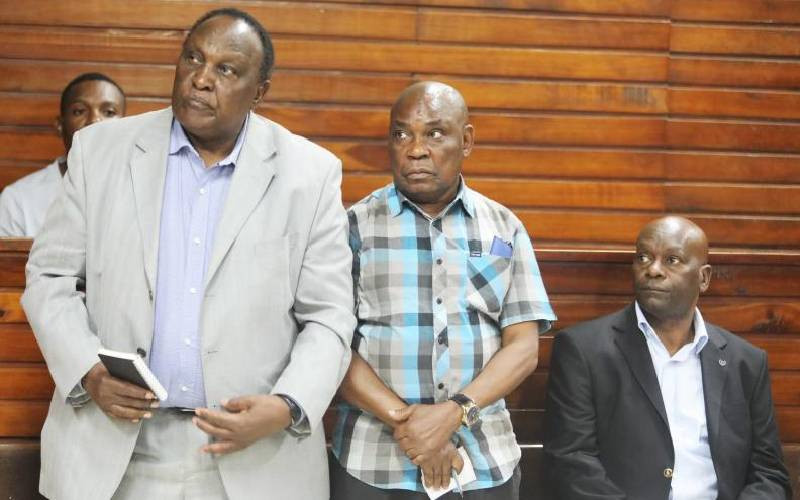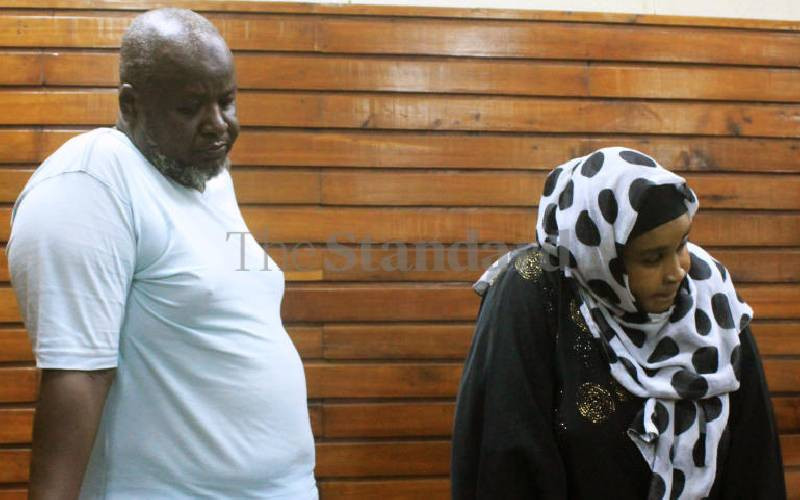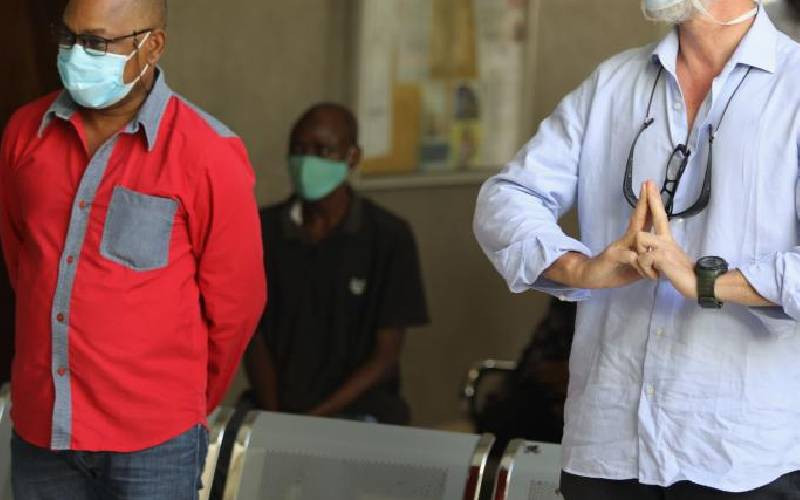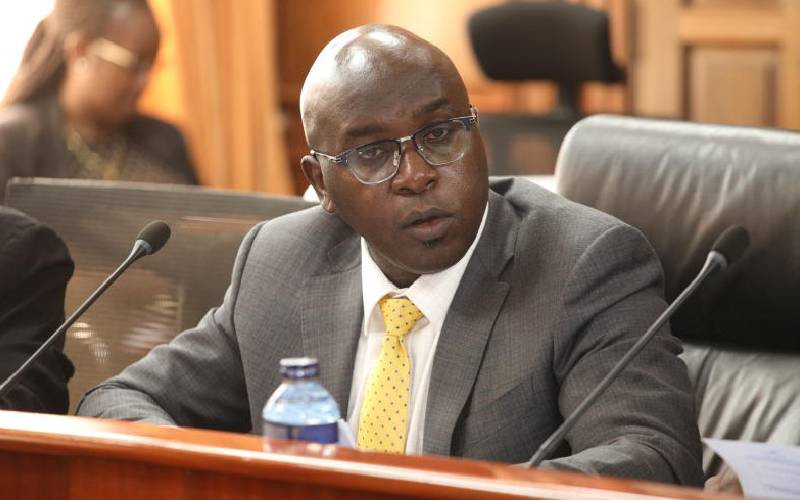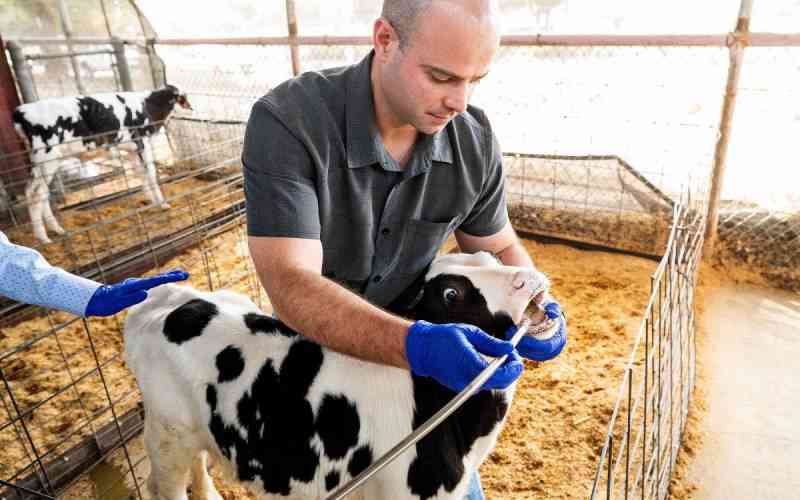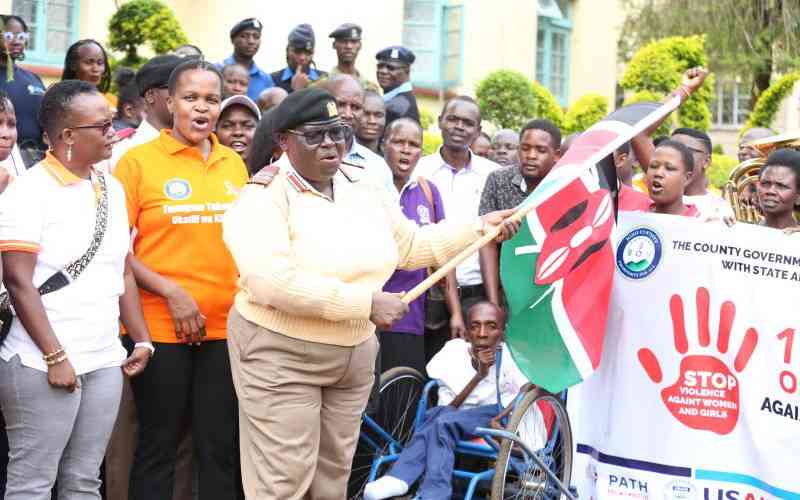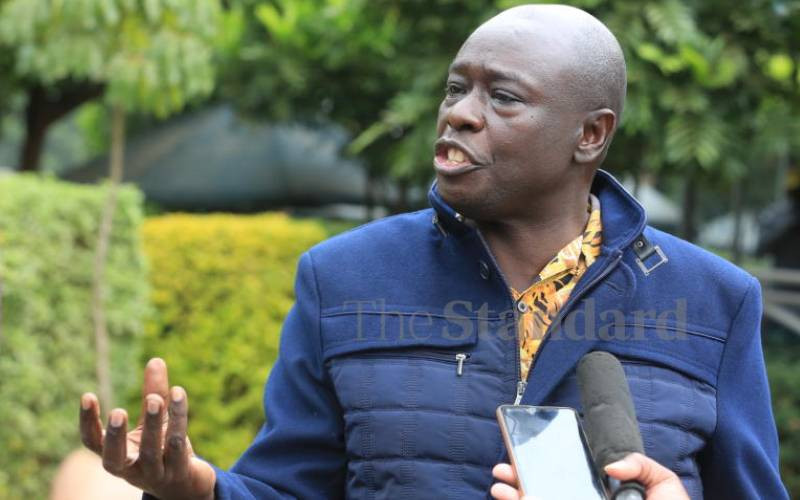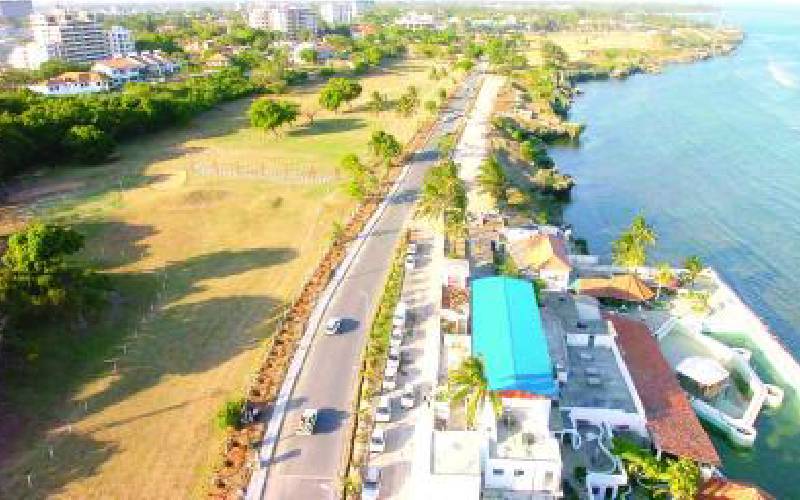
Archeologists now predict they will strike remains of three more mosques buried under the Mama Ngina Waterfront Park in Mombasa following recent discovery of a 13th century one.
The mosques were built on the coastline by early settlers of Mombasa in the Middle Ages and apparently abandoned when the early dwellers moved away and the early settlements were covered by sediments from the sea or through other forms of earth movements.
So far, archeologists have not divulged any inscriptions found on walls of the discovered mosque or other writings from shards and other implements found in the same place. These findings could shed light on the possible builders of this settlement, their lifestyle and provide clues on why and how it collapsed or was evacuated.
The Kenyan coast is dotted with ruins of walled city states built as far back as 1,000 years ago. When North African explorer and cartographer Ibn Battuta visited the Swahili Coast around 1330, he recorded a thriving Islamic civilisation and city states between Kilwa in present day Tanzania and Mombasa.
He recorded a number of huge mosques built from coral stones. To reach the new find, excavators dug up to 50 metres deep to reach walls of the mosque.
The discovery has now motivated National Museums of Kenya (NMK) to launch a major archeological excavation that will last about a year.
More discoveries
The NMK predicts more discoveries after workers from Suhufi Contractors regenerating the park together with an archeological team stumbled on the rich historical items signaling a breakthrough in archeology.
The NMK is planning to dig up three more ancient mosques in the surrounding area but which are believed to have been built after the Mama Ngina park one whose wall remains were found deeper in the ground.
Apart from the ancient mosque, archeologists called to the site found bones, stone tools, metals, beads and shards. The construction workers have dug four trenches of between 10 and 50 centimetres deep before finding the mosque wall.
NMK will excavate for artefacts in an area measuring 100 metres by 100 metres at the park covering land repossessed recently by the National Lands Commission (NLC).
NMK Coast assistant director Athman Hussein said the area between Mama Ngina Park and Mbaraki has four mosque ruins underneath, including the one already discovered, hence forming a rich history.
In an interview yesterday, Mr Hussein said the area has a lot of ruins and if carefully excavated could make up a museum richer than Fort Jesus.
All artefacts found in the area will be regenerated and made more visible to the public. The NMK joined hands with renowned archeologist, Prof George Abungu from the Abungu Heritage Consultancy, to identify the 13th century mosque and other artefacts at Mama Ngina Park. Prof Abungu travelled to Ethiopia and is expected to return to Mombasa later for the excavation work.
Stay informed. Subscribe to our newsletter
The excavation will be carried out by NMK experts using own resources before sourcing for external sources, said Hussein.
“Mama Ngina is one of the oldest Swahili settlements dating back to the 9th century. It is a unique site in Africa that combines leisure, culture and rich heritage,” he said.
President Uhuru Kenyatta launched a Sh460 million regeneration project at Mama Ngina Park last month, leading to the excavation of the area by Suhuri Contractors. The project is expected to take about five months.
 The Standard Group Plc is a
multi-media organization with investments in media platforms spanning newspaper
print operations, television, radio broadcasting, digital and online services. The
Standard Group is recognized as a leading multi-media house in Kenya with a key
influence in matters of national and international interest.
The Standard Group Plc is a
multi-media organization with investments in media platforms spanning newspaper
print operations, television, radio broadcasting, digital and online services. The
Standard Group is recognized as a leading multi-media house in Kenya with a key
influence in matters of national and international interest.
 The Standard Group Plc is a
multi-media organization with investments in media platforms spanning newspaper
print operations, television, radio broadcasting, digital and online services. The
Standard Group is recognized as a leading multi-media house in Kenya with a key
influence in matters of national and international interest.
The Standard Group Plc is a
multi-media organization with investments in media platforms spanning newspaper
print operations, television, radio broadcasting, digital and online services. The
Standard Group is recognized as a leading multi-media house in Kenya with a key
influence in matters of national and international interest.


